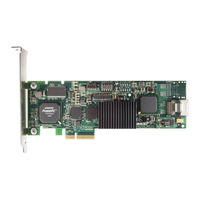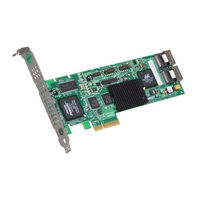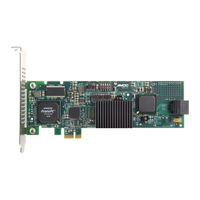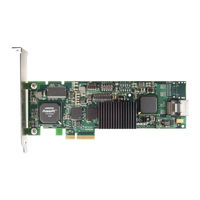3ware 9650SE-4LPML RAID Controller Manuals
Manuals and User Guides for 3ware 9650SE-4LPML RAID Controller. We have 4 3ware 9650SE-4LPML RAID Controller manuals available for free PDF download: User Manual, Manual, Installation Manual
3ware 9650SE-4LPML User Manual (302 pages)
Serial ATA RAID Controller
Brand: 3ware
|
Category: Computer Hardware
|
Size: 8.14 MB
Table of Contents
Advertisement
3Ware 9650SE-4LPML User Manual (272 pages)
Serial ATA RAID Controller
Brand: 3Ware
|
Category: Controller
|
Size: 6.5 MB
Table of Contents
3Ware 9650SE-4LPML Manual (45 pages)
Serial ATA RAID Controller
Brand: 3Ware
|
Category: Controller
|
Size: 9.01 MB
Table of Contents
Advertisement
3Ware 9650SE-4LPML Installation Manual (42 pages)
Serial ATA RAID Controller
Brand: 3Ware
|
Category: Controller
|
Size: 8.48 MB
Table of Contents
Advertisement



